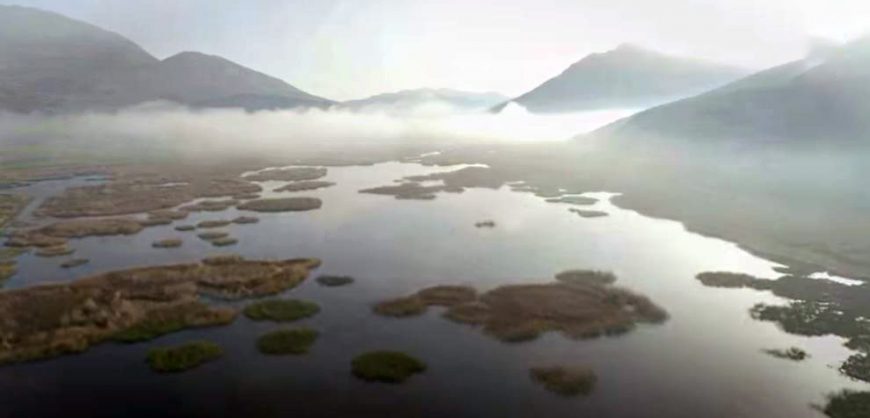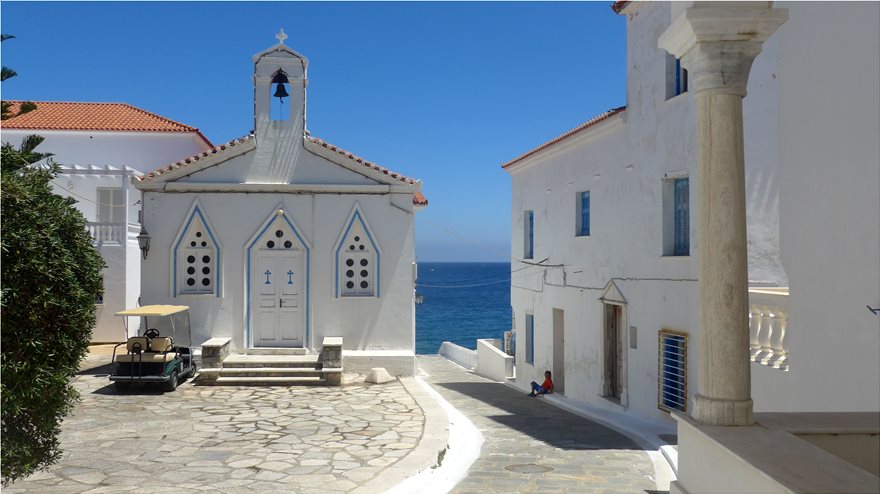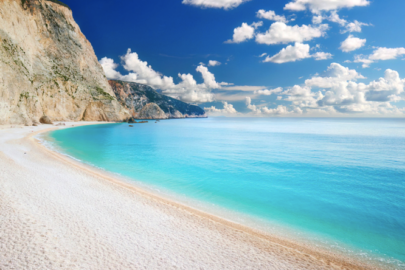With a fascinating and long history, often intertwined with myth and legend, Greece has many a place for lovers of adventure and nature. Greece is not only sun, sea and exotic beaches. There are landscapes of unique beauty that take you to a different Greece that you may not have imagined. One of these is Greece’s own “Loch Ness” lake. Lake Stymphalia is located in the north-eastern part of the Peloponnese, in Corinthia, southern Greece.
The lake is well-known from the Greek mythology and the Labours of Hercules. The legendary hero travelled there to slay the Stymphalian birds, the man-eating birds with bronze beaks and iron wings that destroyed the herds and the crops of the region. The lake, although relatively small in size compared to the large lakes of the mainland, is considered to be the most important natural lake in the Peloponnese and the most important mountain lake in Greece.
The Atlantis Ring: Ancient myths & mysticism converge
At an altitude of 680 meters on a plateau, regardless of what season you choose to visit it, you will be enchanted by its exquisite beauty. In spring and summer the colors captivate you while in winter the lake is surrounded by the snowy peaks of Ziria and Oligyrtos.
To reach the lake you will journey through semi-mountainous landscapes full of coniferous forests, oaks and walnuts but also the plane trees that join the thyme and the lavender, leading you to the beautiful lake of Stymphalia.
The lake area is teeming with amphibians, birds and plants, considered a breeding place for 133 species of rare birds and fowl. It is also home to a unique species of fish called Taxom Pseudophoxinums which sinks itself into the muddy waterbed of the lake during dry periods and creates a kind of slippery envelop around it for protection. There are also visible parts of an ancient Roman aqueduct from Hadrian’s time, which used to carry water to Ancient Corinth.
video credit YouTube channel Up Drones
source exploringgreece.tv








































